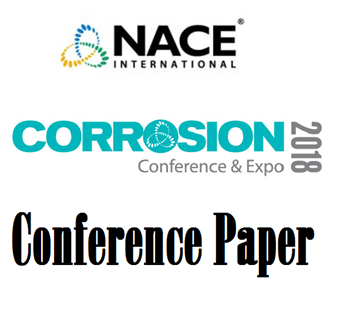Search
07556 A Mechanistic Model of Top of the Line Corrosion
Also Purchased
07555 Top of Line Corrosion and Water Condensation Rates in Wet Gas Pipelines
Product Number:
51300-07555-SG
ISBN:
07555 2007 CP
Publication Date:
2007
$20.00
08470 Top of the Line Corrosion in H2S/CO2 Environment
Product Number:
51300-08470-SG
ISBN:
08470 2008 CP
Publication Date:
2008
$20.00
51318-11223-Evaluation of Top-of-Line Corrosion Model for Multiphase Oil and Gas Environments
Product Number:
51318-11223-SG
Publication Date:
2018
$20.00
Recently viewed




